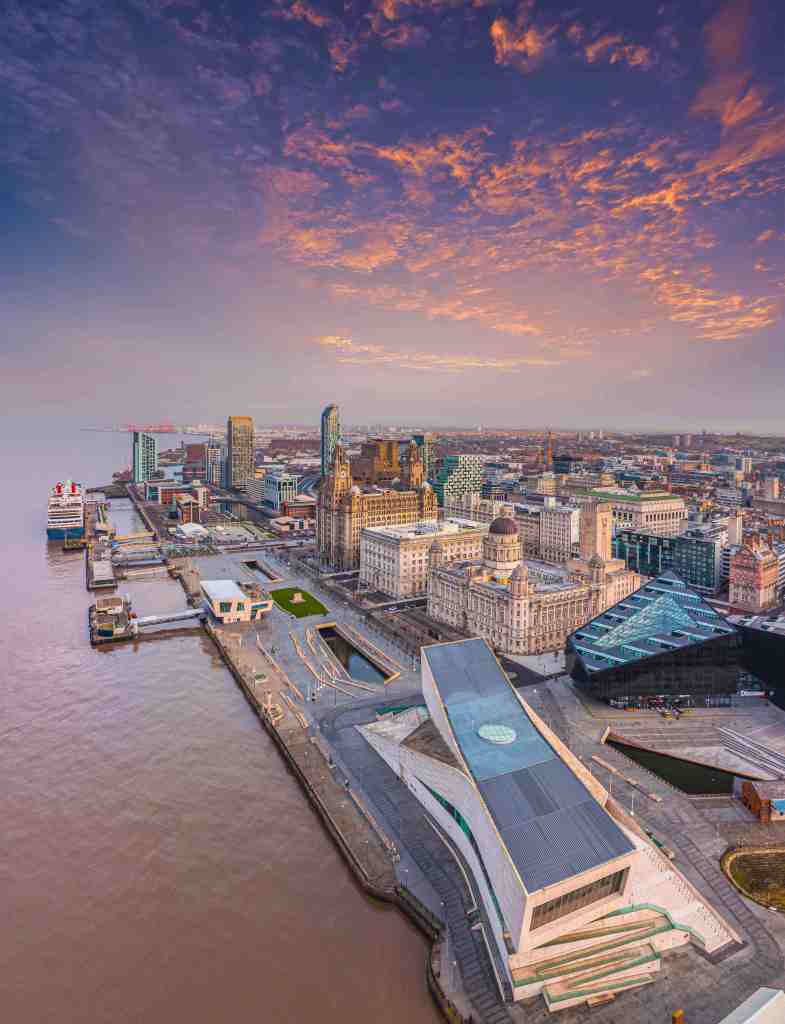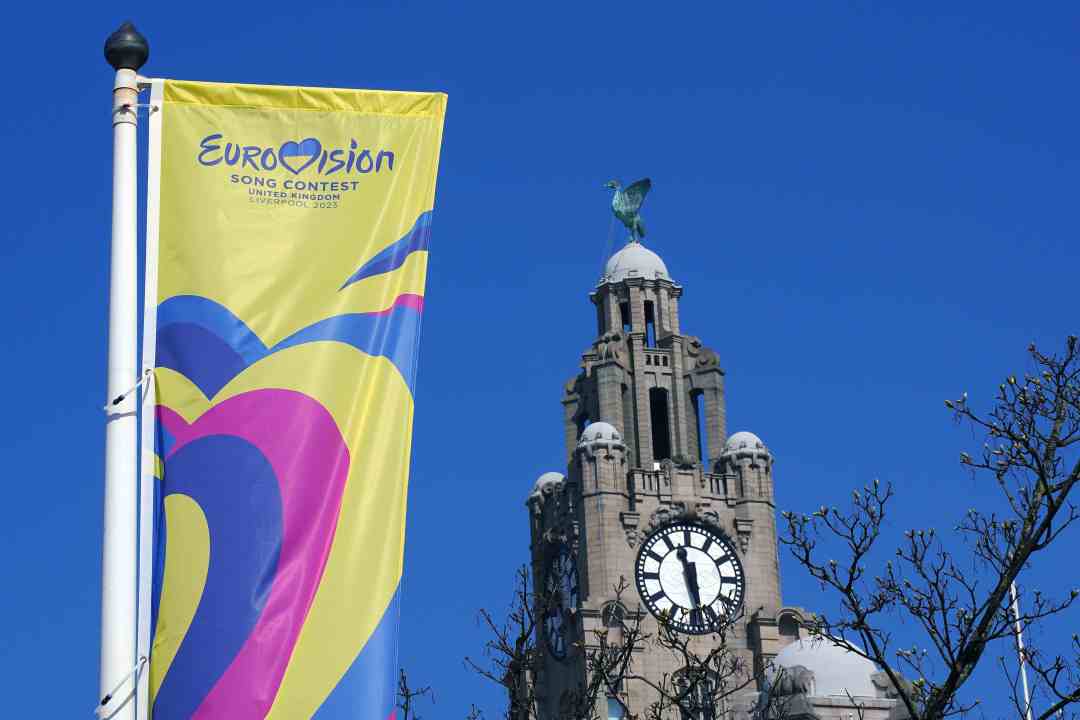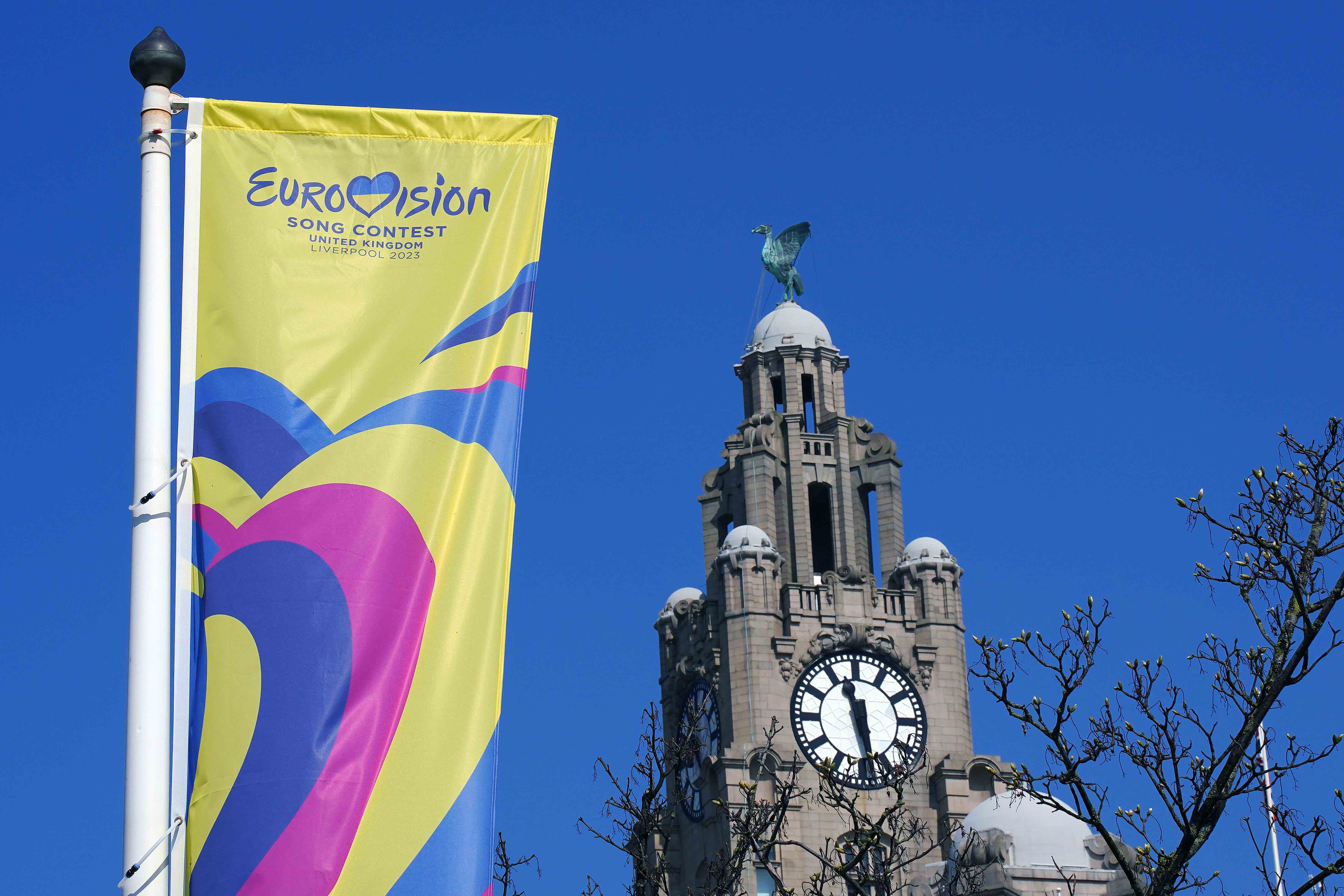Few British cities can rival the musical heritage of Liverpool – and as the Eurovision Song Contest arrives back in the UK after 25 years, Merseyside is getting ready for its moment in the spotlight. An extra 150,000 visitors are expected to descend on the city for the sell-out event this weekend. While the world’s eyes will be on the M&S Bank Arena for Saturday’s final, the Liverpool area will enjoy a whole week of club nights, raves, live screenings, concerts and after-parties.
But it’s not just Eurovision that’s bringing a buzz to the UK’s fifth largest city: hot on the heels of that will be the relaunch of the Liverpool Biennial, Europe’s largest festival of contemporary visual art, which begins next month, and the arrival later this year of Boxpark’s first venue outside London, in the Baltic Triangle creative district.
King Charles recently paid a visit to Liverpool, where dozens of cranes in the docks area show the major regeneration of the former warehouses at what was once busiest port in the world. Close to the popular Titanic Hotel in Stanley Dock, Everton FC’s £500 million stadium is taking shape, along with a new cruise ship terminal. Meanwhile the city’s arts quarter – Ten Streets – is one of the UK’s fastest growing digi-tech clusters and expected to produce more than 2,500 new jobs.

So has Eurovision helped to give the city a boost? Despite giving us the Beatles and two football clubs, Liverpool has long remained the poor second cousin to Manchester for many property investors. Yet the tide is turning and house prices have increased 3.9 per cent in the past year, according to Hamptons using Land Registry data – narrowly beating Manchester’s 3.7 per cent. Liverpool’s average price is up 36 per cent since 2019, but at £180,890 is still well below Manchester’s £233,270.
The city’s population is also increasing, reversing its decades of decline since 1960. The growth of its 19- to 30-year-old cohort has been particularly striking – up 44 per cent in past five years, according to Dataloft – again, by more than in Manchester.
According to Nick Goldsworthy of Logic Estate Agents, the roots of Liverpool’s resurgence can be traced back to being named European capital of culture in 2008 and the creation of Liverpool One, the shopping centre that was part of the Duke of Westminster’s portfolio and gave the city a leisure destination to rival Manchester’s Trafford Centre. ‘Everything changed then. It elevated the city at a tough time and was the catalyst for its economic and social turnaround,’ he says. Looking further back, Lord Heseltine’s regeneration of Albert Dock in the 1980s was also instrumental in ending Liverpool’s association with urban failure. Liverpool Docks has ‘transformed the lives of thousands of people’, according to Chancellor Jeremy Hunt, who recently cited it as a mould-breaking regeneration scheme along with London’s Canary Wharf (begun at the same time).
The city centre had more than its fair share of rogue developers. But the latest projects are attracting attention for the right reasons, with Tobacco Warehouse at Stanley Dock representing the largest conversion of a historic building into flats in UK history (538 properties). Large two-bedroom duplex flats with exposed brickwork are selling to first-time buyers, downsizers and some second-home owners – most buyers are owner-occupiers, according to Goldsworthy.

At prices from £260,000, they’re double the cost of an average flat in Liverpool – £134,400, according to Hamptons – and some of the downsizing buyers are moving from the traditionally affluent northern seaside suburbs of Liverpool, such as Crosby, Blundellsands and Formby.
But other pockets are becoming increasingly fashionable too. Nearby Waterloo is an affordable alternative to the above for seaside living, according to Donna Lewis of agent Purplebricks: you can pick up a three-bedroom house for £230,000-£250,000 – although you’ll pay more for one with real wow factor, such as this Grade II-listed duplex overlooking the marina which is on the market for offers over £400,000.
Lewis says Aigberth (L17) to the south of the city centre is the ‘hottest postcode’, with its Lark Lane full of independent shops and eateries, and proximity to Sefton Park and good schools. Family houses there and in next-door Mossley Hill start from around £350,000. Locations on the up for those keen to get on the housing ladder include L8, or Toxteth, she suggests. ‘Also Anfield (L4). Properties tend to sell quickly there – especially to investors who can buy a three-bedroom Victorian house for £100,000 to £200,000 and divide it into flats.’
Apartments in the city centre can still struggle to sell. ‘Some are affected by the cladding issue [inadequate fire-proofing on newbuilds exposed by the Grenfell Fire], but there is also a glut on the market,’ says Lewis.
Yet buy-to-let yields in the city can be 6 per cent – 55 per cent of Liverpool’s population live in private rented accommodation, far higher than the proportion in London and England as a whole (27 per cent and 17 per cent respectively), according to Dataloft. Some Liverpudlians commute to Manchester – less than an hour on the train – where property prices and rents are higher, and there are 70,000 students in Liverpool.
Some try Airbnb lets, but despite the Eurovision rush the city generally remains quite a ‘weak market’ for holiday rentals, according to data analyst AirDNA. The number of available listings in March was up 52 per cent from the year before, but demand has not caught up. A lot of hopes are riding on the city’s star turn in Eurovision to get visitors voting with their feet.







Comments